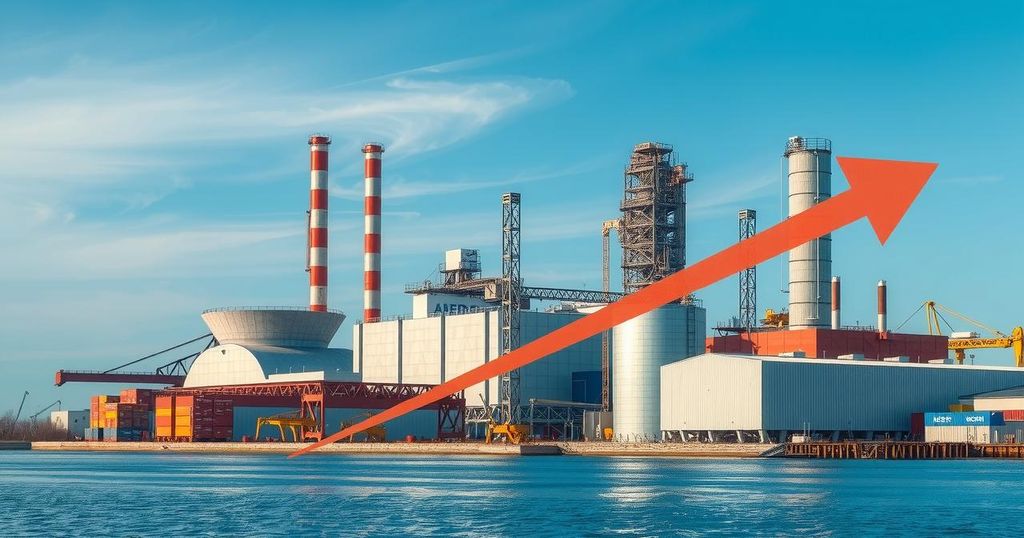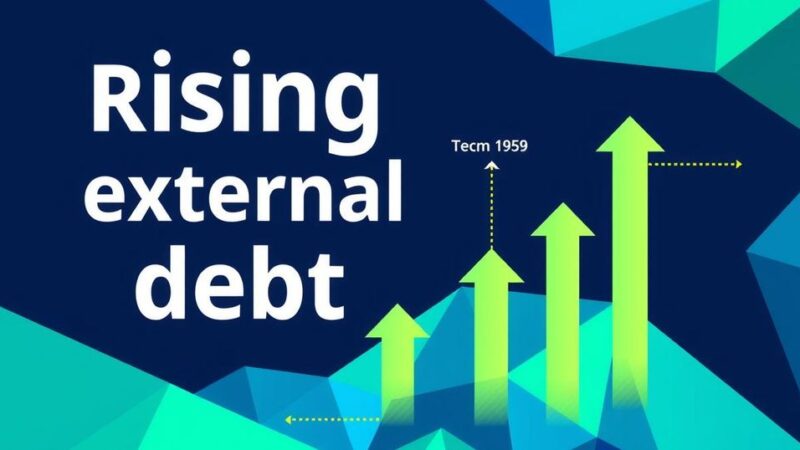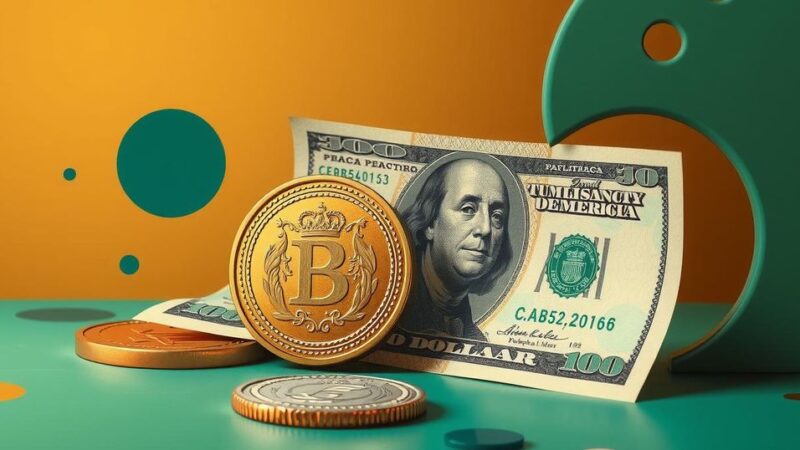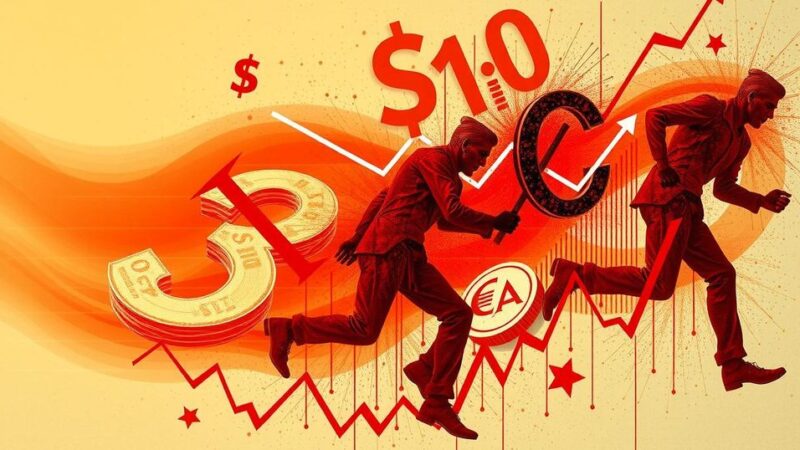President Trump has increased tariffs on steel and aluminum, imposing a 25% tax on all imports. While aimed at revitalizing U.S. manufacturing, critics warn of inflation risks and potential job losses in the auto industry. The move has drawn backlash from Canada and raised concerns about increased consumer prices and retaliatory tariffs. Experts suggest that broader economic implications could undermine Trump’s goals of strengthening American industry.
President Donald Trump has reinstated tariffs on steel and aluminum, now applying a flat 25% tax on imported steel and raising aluminum tariffs from 10% to 25%. These measures, effective from March 4, aim to boost domestic manufacturing and revive American industries, with Trump asserting, “It’s time for our great industries to come back to America.” However, critics argue that such tariffs risk inflation and may lead to job losses in the auto industry, as rising material costs could increase vehicle prices for consumers.
The tariffs have generated immediate backlash, particularly from Canada, the largest steel exporter to the U.S. Candace Laing, president of the Canadian Chamber of Commerce, remarked, “Today’s news makes it clear that perpetual uncertainty is here to stay.” The tariffs carry potential inflation risks amid existing consumer concerns about rising prices, challenging Trump’s assertion that these measures would bolster American manufacturing competitiveness.
Experts like Benn Steil express skepticism regarding the effectiveness of these tariffs, stating that they could lead to higher consumer prices, retaliatory measures from other countries, and reduced competitiveness for U.S. firms facing escalated production costs. He indicated that such moves could increase trade barriers globally under national security pretenses, as other nations mimic Trump’s approach.
The White House argues that exemptions under the previous administration had allowed steel and aluminum from China and Russia to circumvent tariffs, with Trump’s administration maintaining that these new tariffs would strengthen U.S. industries. However, they also coaxed local industries to raise prices, potentially diminishing demand and exacerbating inflation fears.
In response to anticipated rising costs, the automobile sector, heavily dependent on steel and aluminum, may be forced to increase vehicle prices, thus harming sales and overall economic growth. Glenn Stevens Jr. from MichAuto cautioned that sudden tariffs can have detrimental effects, undermining Trump’s promises of job creation in the auto industry, as raised prices could reduce consumer purchasing power.
While steel companies experienced a surge in stock prices due to anticipated profit increases from tariffs, companies reliant on these metals, such as General Motors, saw a decline in share values. Erica York from the Tax Foundation emphasized that the economic advantages for metal producers come with significant costs for manufacturing sectors utilizing these raw materials.
Trump has signaled plans for additional tariffs on computer chips, automobiles, and pharmaceuticals. He argued these policies would lead to new job creation and increased production of steel domestically, suggesting that decreased reliance on imports could eventually lower prices. Yet, the actual impact on the manufacturing sector from 2018 tariffs raises concerns, with analysts advocating for targeted industrial policies instead of broad tariffs as a solution for advancing U.S. manufacturing.
In summary, President Trump’s reinstatement of tariffs on steel and aluminum aims to bolster domestic manufacturing, but it raises significant concerns regarding inflation and job stability in various sectors, especially the automotive industry. Critics highlight the potential for increased costs for consumers and retaliatory responses from trade partners, emphasizing the need for more nuanced economic policies. While the administration projects job creation, the actual outcomes of previous tariffs suggest a need for targeted approaches to enhance competitiveness without adverse economic effects.
Original Source: apnews.com






